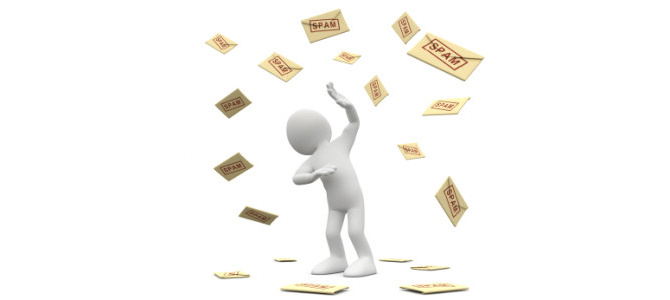It can be a rather bewildering experience – you sit down for a weekend and put a lot of hard work into creating your latest email campaign, writing content, designing graphics, and finally hitting the SEND button. All would seem well, except that friends and customers start letting you know they haven’t seen your latest blast! What was it that caused the campaign to be identified as spam? Was it the wording? Perhaps a few links here and there? It turns out it’s not as simple as one defining element.
Recently, Gmail’s Anti-Spam team revealed that they assess literally hundreds of signals that decide whether your emails will go to Inbox heaven, or Spam hell. These signals are determined by complex algorithms and as a result, no one factor comprises a standalone cause of your messages to be spam. However, there are a few definite best practices you can abide by to help get your message out there!
1. Write genuine content
Commonly repeated content will set spam filters’ alarms off – by writing your own content, you greatly decrease the potential for being flagged for trigger content.
2. Measure and optimise open rates
A lesser known metric that Gmail monitors is the behaviour of recipients towards senders. If Gmail notices people deleting your e-mails without ever opening them, there’s a good chance future communications will end up in the Spam folder.
3. Make unsubscribing easy
While it may seem like the last thing you want your subscribers to do, providing them with a clear unsubscribing process is far preferable to the alternative – frustrating your readers and being manually marked as spam.
In a nutshell, always draw your attention to what the user would love to see. It’s more likely to be successful, delivering value to the user, and generating sales for you.




